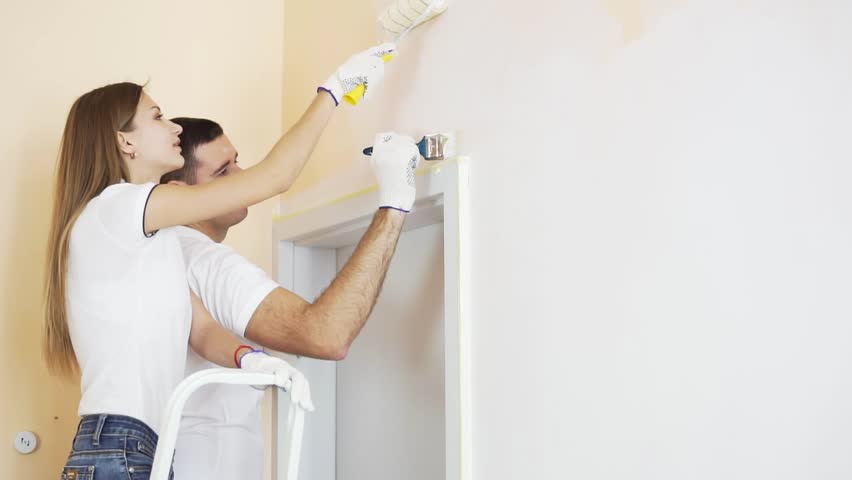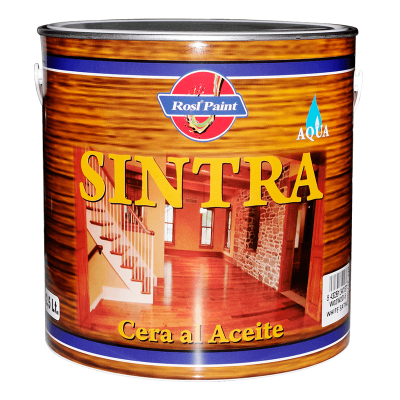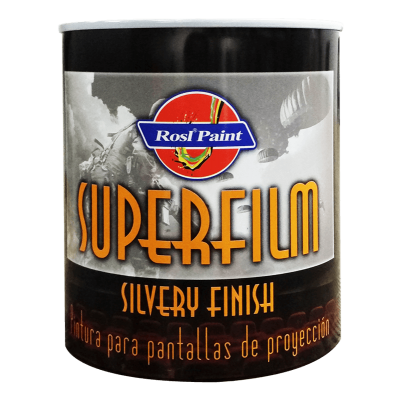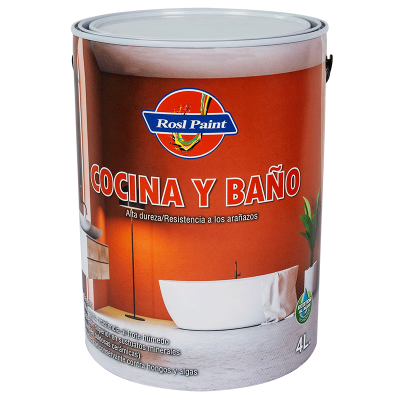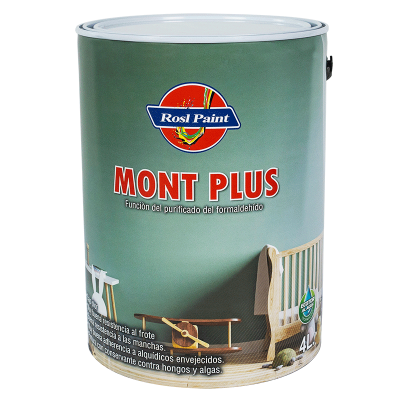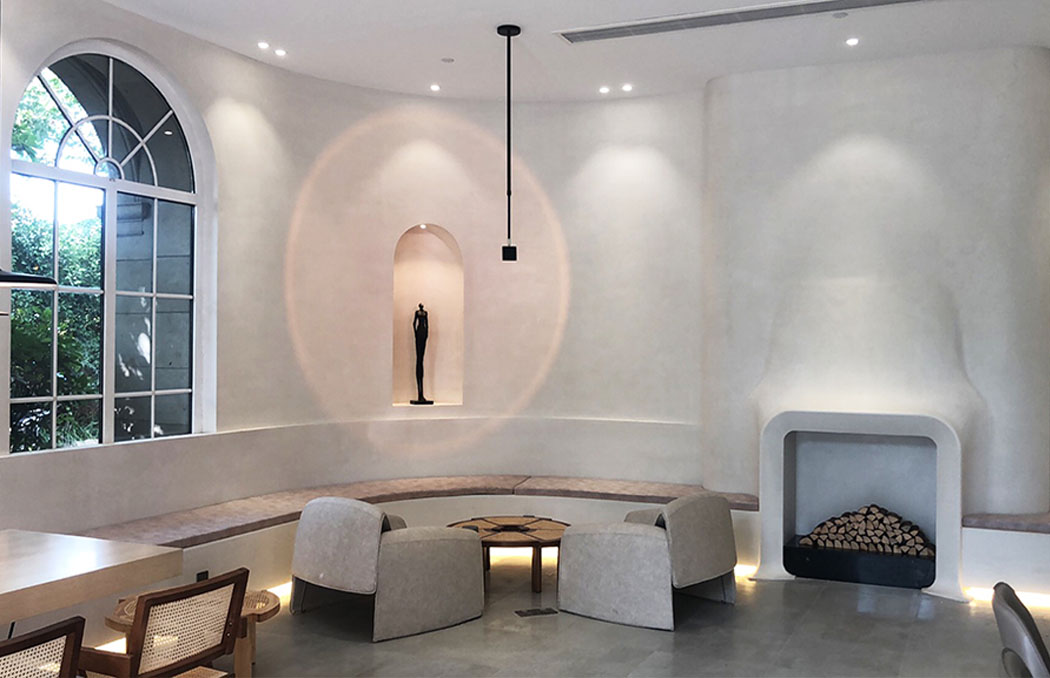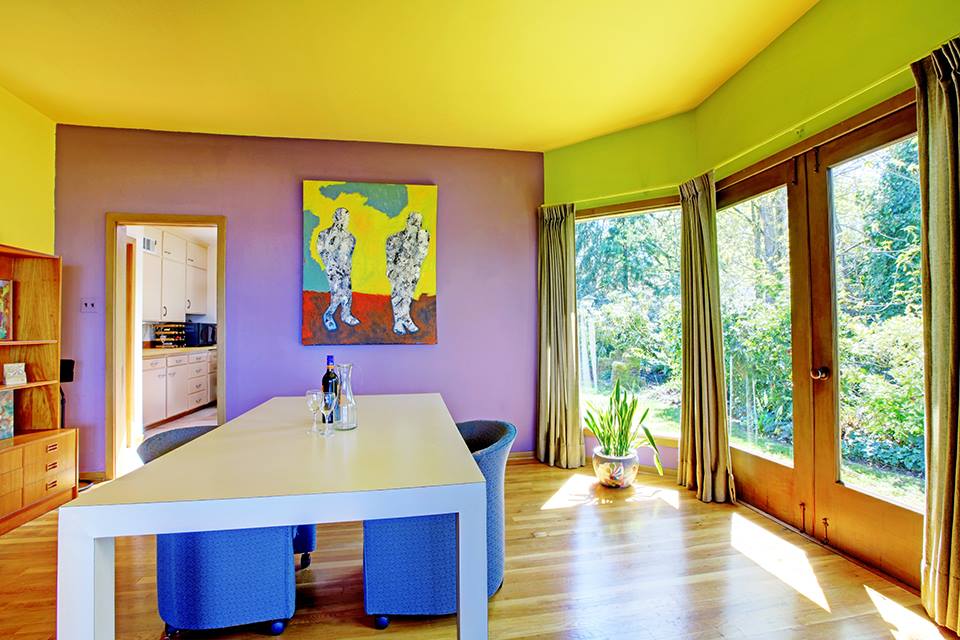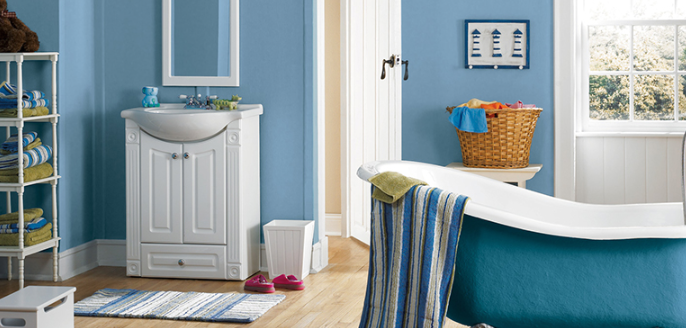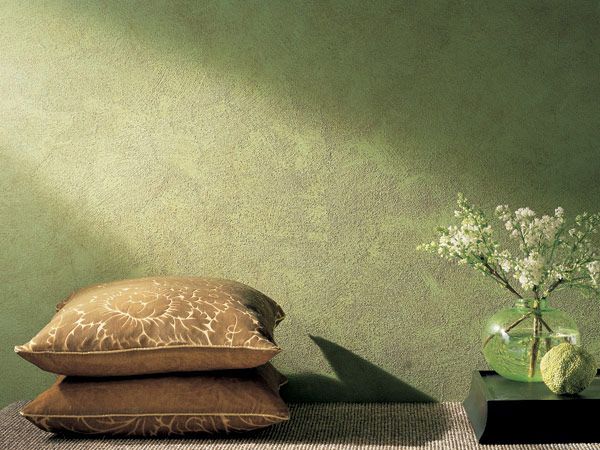How to Solve the Small Problems in Emulsion Paint Construction
Many details of the wall treatment of the living room are easy to be ignored if you are not a professional. If you use high-quality imported waterproof paint, imported mildew resistant paint or imported art paint, you should pay more attention to the early construction treatment of the wall. The wall coating treatment process from wall surface treatment, primer treatment to coating treatment is linked. If the wall surface is not treated well in the early stage of construction, the wall surface painted in the later stage is prone to problems such as efflorescence, peeling and differentiation.
Wall coating treatment: latex paint is OK, but putty is also required, which is an unavoidable process. The specific method is as follows
Prime coat: the prime coat is mainly used to strengthen the base course, reduce and even the water absorption of the base course, improve the adhesion of the intermediate coat on the base course, and seal
Wall wetting: wet the original wall, saving effort when shoveling.
Shovel the wall: remove the water soaked part of the original wall until the cement mortar wall or putty layer is exposed.
Cracks: generally, kraft paper tape and white latex are used to stick the cracks (but it cannot be guaranteed that 100% of the cracks will not occur again).
Leveling: uneven walls need to be leveled. Generally, gypsum is commonly used, and the uneven difference should not exceed 0.5 cm.
Sticking cloth: generally, non load bearing walls such as light body walls and thermal insulation walls need to be pasted with cloth. Try to choose wall cloth and white latex with better texture. If conditions permit, grid cloth can be used, which will have better crack prevention effect.
Putty application: Putty with high particle fineness and hard texture is preferred, and a certain amount of white latex can also be added to the putty to improve the hardness of the putty.
Polishing: Try to use fine sandpaper, generally 400-500 sandpaper for soft putty (such as 821), and 360-400 sandpaper for hard putty (such as wall lining and Yiguaping). If the sandpaper is too thick, it will leave deep sand marks, which cannot be covered by painting.
Primer: The primer must be brushed evenly to ensure that every part of the wall is brushed. If the wall has a large amount of paint, it is better to add a little more water to the primer.
Finish paint: do not add too much water, which will affect the thickness, feel and hardness of the paint film
Curing: The emulsion paint will be dry within 4 hours after painting. Do not scrub or touch the wall within 7-10 days.
In order to avoid problems caused by construction in the later stage, it is better to ask a professional decoration technician or paint technician for treatment of problem walls, because there will be an incubation period for wall problems, such as the putty on the wall or the wall itself is not completely dry before construction, and then the latex paint is applied immediately. The decoration of early paint is invisible, but different wall problems will occur half a year or a year later, Therefore, pay attention to the coating construction and select high-quality imported coatings.
